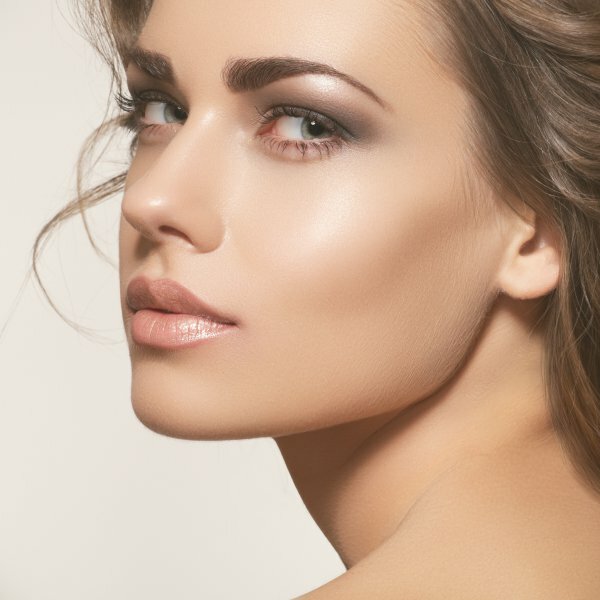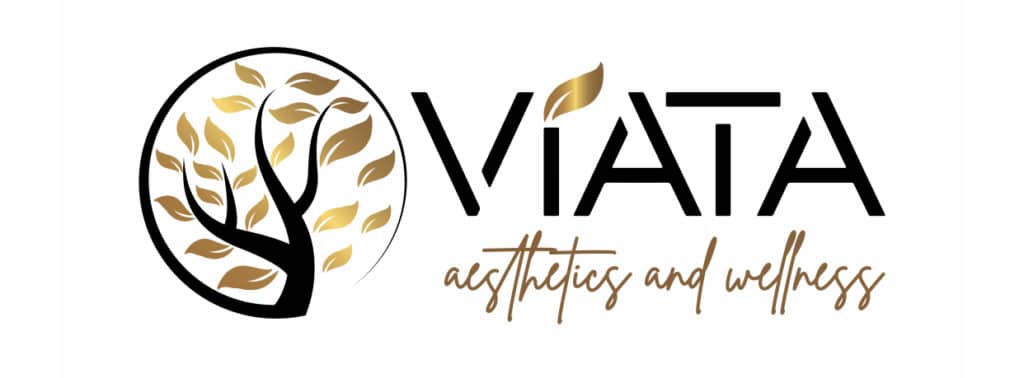Introduction
Hair loss can be a frustrating and embarrassing experience for both men and women. While it is a common problem, it can have a negative impact on self-esteem and confidence. Fortunately, many hair restoration treatments are available to help those experiencing hair loss. This blog will explore the causes of hair loss and the various treatment options, focusing on PRP/PRF injections. One of the newest and most innovative hair restoration treatments is PRP/PRF injections. This natural and non-invasive procedure involves drawing a small blood pod and separating the platelets from the rest of the blood cells in a centrifuge. The platelet-rich plasma (PRP) or platelet-rich fibrin (PRF) is then injected into the affected area, stimulating hair growth and improving the thickness and density of hair. Unlike other hair restoration treatments, PRP/PRF injections do not require incisions, and patients can resume normal activities immediately after the procedure. However, before we dive into the specifics of PRP/PRF injections, let’s first explore the various causes of hair loss. Understanding the root cause of hair loss can help determine the most appropriate treatment option for each individual.
Causes of Hair Loss
Various factors, including genetics, hormonal changes, medical conditions, environmental factors, and lifestyle factors, can cause hair loss. Understanding the cause of hair loss is essential in selecting the most effective treatment. Here are some of the most common causes of hair loss:
- Genetic factors: Androgenetic alopecia, or male or female pattern baldness, is the most common cause of hair loss. It is a hereditary condition that affects both men and women, causing hair to thin and fall out gradually.
- Hormonal changes: Hormonal changes due to pregnancy, menopause, or thyroid problems can cause temporary hair loss. An excess of dihydrotestosterone (DHT) in men can lead to hair loss.
- Medical conditions: Certain medical conditions, such as alopecia areata, scalp infections, and trichotillomania (hair-pulling disorder), can cause hair loss.
- Environmental factors: Exposure to pollutants, chemicals, and radiation can cause hair loss.
- Lifestyle factors: Poor nutrition, stress, and smoking can contribute to hair loss.
Hair Restoration Treatment Options
Many hair restoration treatments are available, ranging from topical solutions and medications to surgical procedures. Here are some of the most common treatment options:
- Topical solutions and medications: Over-the-counter and prescription medications, such as minoxidil and finasteride, can slow down hair loss and promote growth. These treatments work best when used in the early stages of hair loss.
- Hair transplant surgery: This surgical procedure involves removing hair follicles from a donor site and transplanting them to the affected area. Hair transplant surgery is a permanent solution to hair loss, but it can be expensive and requires a longer recovery period.
- Low-level laser therapy (LLLT): This non-invasive treatment involves using a device that emits low-level laser light to stimulate hair growth.
- PRP/PRF injections: As mentioned earlier, PRP/PRF injections involve injecting platelet-rich plasma or fibrin into the scalp to stimulate hair growth and improve hair density. This treatment is natural, non-invasive, and has minimal downtime.
PRP/PRF Injections for Hair Restoration
PRP/PRF injections have recently gained popularity as a non-invasive and natural hair restoration treatment. This treatment involves drawing a small amount of blood from the patient, then separating the platelet-rich plasma or fibrin from the rest of the blood using a centrifuge. The resulting solution is injected into the scalp to stimulate hair growth and improve density. PRP/PRF injections utilize platelet growth factors and proteins to promote hair growth. These growth factors help to increase blood flow to the hair follicles, leading to increased hair growth and improved hair density. The procedure takes around 30 minutes, and most patients can resume their normal activities immediately after the treatment. Some minor discomfort and swelling may occur at the injection site, but this typically subsides within a few days. Multiple PRP/PRF treatments are typically required to achieve the best results. The number of treatments needed will vary depending on the individual. Still, most patients require 3-4 sessions, with maintenance therapy sessions every six months to a year after the initial treatment regimen.
Frequently Asked Questions
How much do PRP/PRF injections for hair restoration cost?
The cost of PRP/PRF injections for hair restoration varies depending on the individual’s needs and the number of treatments required. To determine the cost of your hair restoration program, it is recommended to consult with a hair restoration specialist at Viata.
How many PRP/PRF treatments are needed for hair restoration?
The number of PRP/PRF treatments needed for hair restoration varies depending on the individual’s hair loss condition and the desired results. Generally, 3-4 sessions are necessary, with maintenance therapy sessions every six months to a year after the initial treatment regimen.
Do PRP/PRF injections for hair restoration hurt?
Most patients report only minor discomfort during the injections, and the pain is usually manageable. The procedure is non-invasive, and most patients can resume their regular activities immediately after the treatment.
Are PRP/PRF injections for hair restoration safe?
PRP/PRF injections for hair restoration are generally considered safe, as the treatment uses the patient’s blood and does not involve foreign substances. However, as with any medical treatment, there are some risks associated with the procedure. It is important to discuss any concerns or questions with a hair restoration specialist before undergoing the treatment.
Can PRP/PRF injections restore hair in both men and women?
Yes, PRP/PRF injections for hair restoration can treat hair loss in both men and women. However, the effectiveness of the treatment may vary depending on the individual’s hair loss condition and the desired results.
Conclusion
Hair loss can significantly impact an individual’s self-esteem and confidence. However, with the advancements in hair restoration techniques, individuals no longer have to suffer in silence. PRP/PRF injections for hair restoration offer a non-invasive, safe, and natural treatment option to help restore hair growth and improve hair density.
At Viata Aesthetics and Wellness, our team of hair restoration specialists is dedicated to helping our clients achieve their desired hair restoration goals. We offer personalized treatment plans considering the individual’s hair loss condition and desired results. With our state-of-the-art equipment and techniques, we aim to provide our clients with the best possible outcomes. If you are experiencing hair loss and are interested in learning more about PRP/PRF injections for hair restoration, we encourage you to schedule a consultation with one of our hair restoration specialists. We can provide you with all the information you need to make an informed decision about your hair restoration journey. In conclusion, PRP/PRF injections for hair restoration offer a safe, natural, and effective treatment option for hair loss. With proper consultation and treatment planning, individuals can achieve fuller, healthier hair and regain confidence and self-esteem.















